I'm looking for a way to automatically remove (=make transparent) a "green screen" portrait background from a lot of pictures.
My own attempts this far have been... ehum... less successful.
I'm looking around for any hints or solutions or papers on the subject. Commercial solutions are just fine, too.
And before you comment and say that it is impossible to do this automatically: no it isn't. There actually exists a company which offers exactly this service, and if I fail to come up with a different solution we're going to use them. The problem is that they guard their algorithm with their lives, and therefore won't sell/license their software. Instead we have to FTP all pictures to them where the processing is done and then we FTP the result back home. (And no, they don't have an underpaid staff hidden away in the Philippines which handles this manually, since we're talking several thousand pictures a day...) However, this approach limits its usefulness for several reasons. So I'd really like a solution where this could be done instantly while being offline from the internet.
EDIT: My "portraits" depictures persons, which do have hair - which is a really tricky part since the green background will bleed into hair. Another tricky part is if it is possible to distingush between the green in the background and the same green in peoples clothes. The company I'm talking about above claims that they can do it by figuring out if the green area are in focus (being sharp vs blurred).




